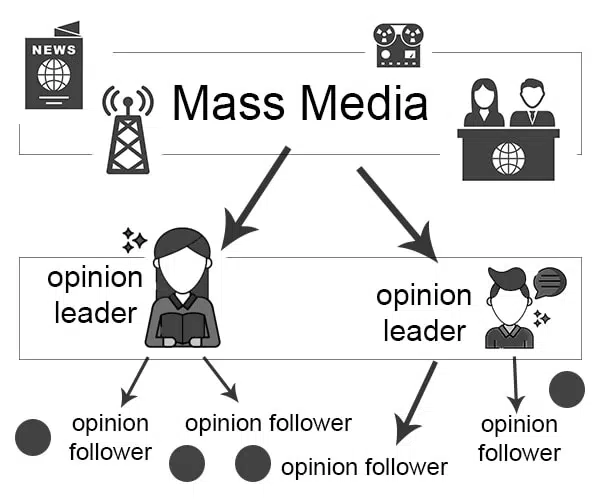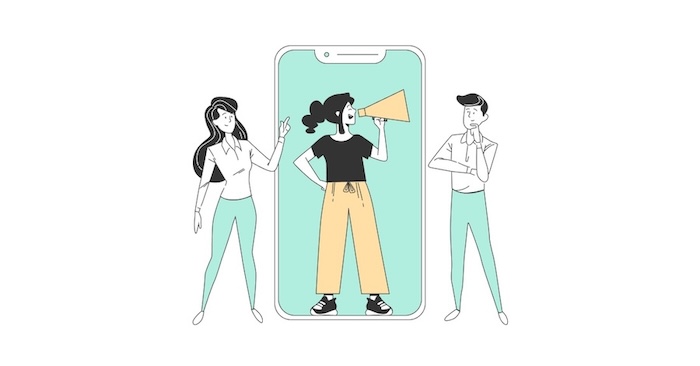When the Two-Step Flow Theory was first introduced in the 1940s, the presence of opinion leaders was clear in everyday life. From teachers in school to legislators to professionals in the media industry, figures of authority or influence have mediated the way others interact with the world.
Today, though, the two-step flow theory may be even more applicable. Now that we have access to the Internet and social media, we theoretically have more direct access to primary sources of information than we ever have – a quick Google can connect us with so much information we hardly know what to do with it all. But in most cases, Internet and social media users today are more influenced by opinion leaders (often aptly called “influencers”) than by primary sources. People consume a large portion of media via repackaged content presented by opinion leaders.
Take, for example, a beauty influencer on social media. They give their opinions on different products, which their audience can take or leave – but often, their audience will take those opinions into account when making their own purchasing decisions. In this way, the beauty influencer acts as a Key Opinion Leader (KOL), mediating their audience’s interaction with the world around them (in this case, beauty products). Similar phenomena take place in other industries, from politics to news to literature to relationship advice. Social media allows for more people to share their opinions to wide-reaching audiences, breaking down mass media into more digestible (but also often reshaped and filtered) pieces.

Certainly, the theory can be an oversimplification of how we interact with media. Oftentimes, our interaction with media and mass media is much less formulaic than the chart above suggests. We bounce between sources all the time, and sometimes the information that originated from mass media can bounce through multiple leaders and sources before we get it. But the theory does make the valid point that we can very easily become “opinion followers” and base our worldviews on the information we get from the KOLs in our spheres. As the Internet has become increasingly polarized and we find our niche spaces, it’s important to remember that the information we have may not be painting the whole picture.
Sources:
Katz, E., Lazarsfeld, P.F., & Roper, E. (2006). Personal Influence: The Part Played by People in the Flow of Mass Communications (1st ed.). Routledge. https://doi-org.uow.idm.oclc.org/10.4324/9781315126234 [Accessed 15 Oct 2025].
Scannell, P., 2007. Media and Communication. London: SAGE Publications Ltd. Available at: https://doi.org/10.4135/9781446211847 [Accessed 15 Oct 2025].
Two Step Flow Theory of Communication: Definition and Analysis. Media Studies, 8 Aug. 2025, media-studies.com/two-step-flow/.


Nice and easy to understand post. You do a nice job concretely relating the original Two-Step Flow Theory to now and explaining how influencers operate as presentŌĆéday opinion leaders. With the beauty influencer example, your point is relatable andŌĆéeasy to understand. I also like how youŌĆéemphasize the irony of having access to information while still depending on mediated opinion. To reinforce your post further, you could brieflyŌĆéexplain how this change impacts peoples capacity to think critically or verify information.